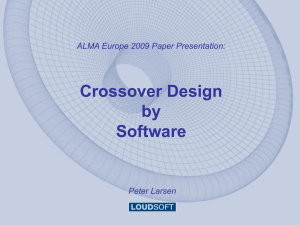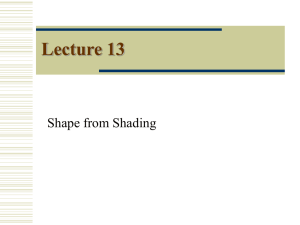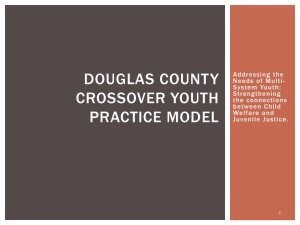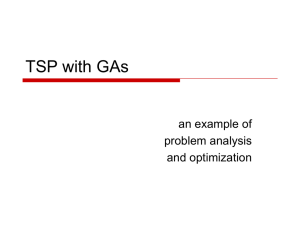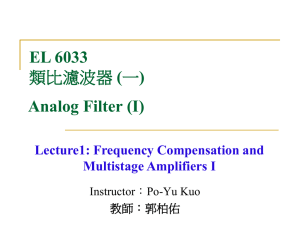Crossover checklist
advertisement
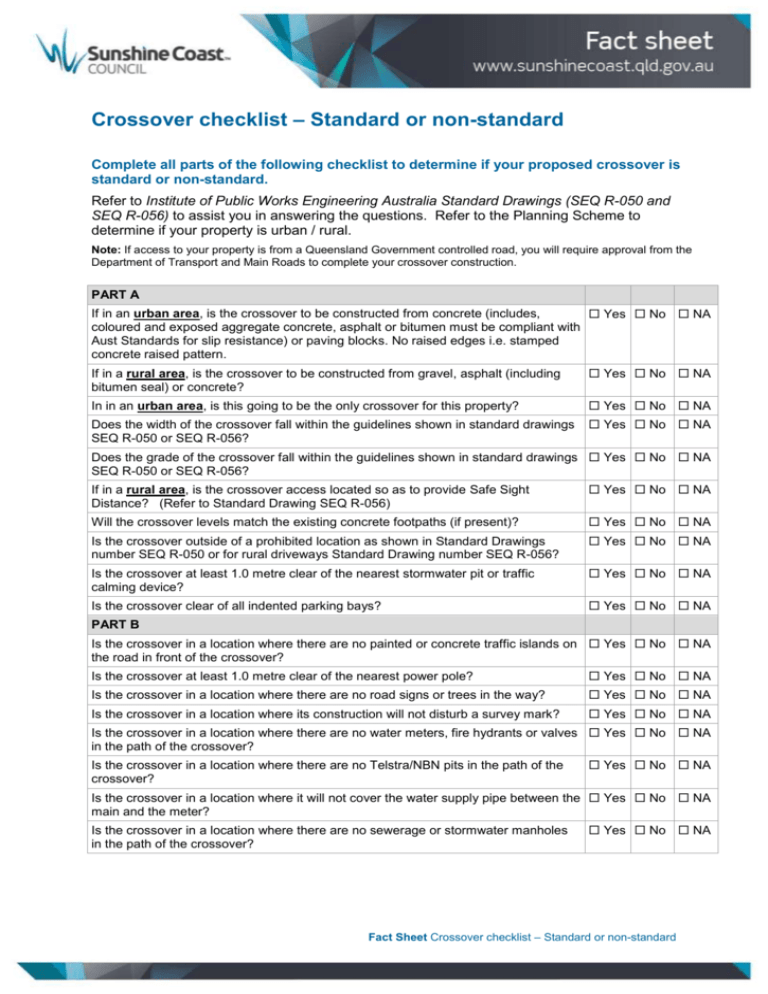
Crossover checklist – Standard or non-standard Complete all parts of the following checklist to determine if your proposed crossover is standard or non-standard. Refer to Institute of Public Works Engineering Australia Standard Drawings (SEQ R-050 and SEQ R-056) to assist you in answering the questions. Refer to the Planning Scheme to determine if your property is urban / rural. Note: If access to your property is from a Queensland Government controlled road, you will require approval from the Department of Transport and Main Roads to complete your crossover construction. PART A If in an urban area, is the crossover to be constructed from concrete (includes, Yes No NA coloured and exposed aggregate concrete, asphalt or bitumen must be compliant with Aust Standards for slip resistance) or paving blocks. No raised edges i.e. stamped concrete raised pattern. If in a rural area, is the crossover to be constructed from gravel, asphalt (including bitumen seal) or concrete? Yes No NA In in an urban area, is this going to be the only crossover for this property? Yes No NA Does the width of the crossover fall within the guidelines shown in standard drawings SEQ R-050 or SEQ R-056? Yes No NA Does the grade of the crossover fall within the guidelines shown in standard drawings Yes No NA SEQ R-050 or SEQ R-056? If in a rural area, is the crossover access located so as to provide Safe Sight Distance? (Refer to Standard Drawing SEQ R-056) Yes No NA Will the crossover levels match the existing concrete footpaths (if present)? Yes No NA Is the crossover outside of a prohibited location as shown in Standard Drawings number SEQ R-050 or for rural driveways Standard Drawing number SEQ R-056? Yes No NA Is the crossover at least 1.0 metre clear of the nearest stormwater pit or traffic calming device? Yes No NA Is the crossover clear of all indented parking bays? Yes No NA PART B Is the crossover in a location where there are no painted or concrete traffic islands on Yes No NA the road in front of the crossover? Is the crossover at least 1.0 metre clear of the nearest power pole? Yes No NA Is the crossover in a location where there are no road signs or trees in the way? Yes No NA Is the crossover in a location where its construction will not disturb a survey mark? Yes No NA Is the crossover in a location where there are no water meters, fire hydrants or valves Yes No NA in the path of the crossover? Is the crossover in a location where there are no Telstra/NBN pits in the path of the crossover? Yes No NA Is the crossover in a location where it will not cover the water supply pipe between the Yes No NA main and the meter? Is the crossover in a location where there are no sewerage or stormwater manholes in the path of the crossover? Yes No NA Fact Sheet Crossover checklist – Standard or non-standard Is the crossover in a location where it will not be within 10 metres of the approach side of a bus stop? Yes No NA Is the crossover in a location where it will not be built over a recognised easement? Yes No NA For a residential crossover is it less than 25 metres in length within the road reserve? Yes No NA For a rural crossover is it less than 45 metres in length within the road reserve? Yes No NA If you are on a corner, will the crossover be constructed in the road described as your Yes No NA street address? If you have answered ‘no’ to any of the checklist questions, you need to contact Council for further approval as follows: Part A or Parts A & B - Development Services on Ph.5475 7526 to determine if you need to obtain an Operational Works Permit. Part B only – Civil Asset Management Services via the Customer Contact Centre on Ph.5475 7272. 2 of 2 Crossover checklist – Standard or non-standard
